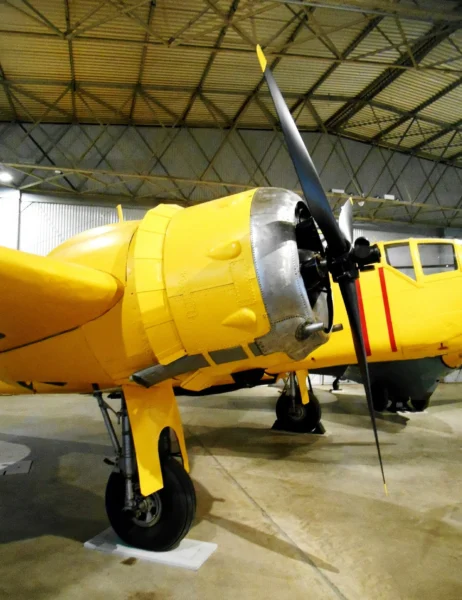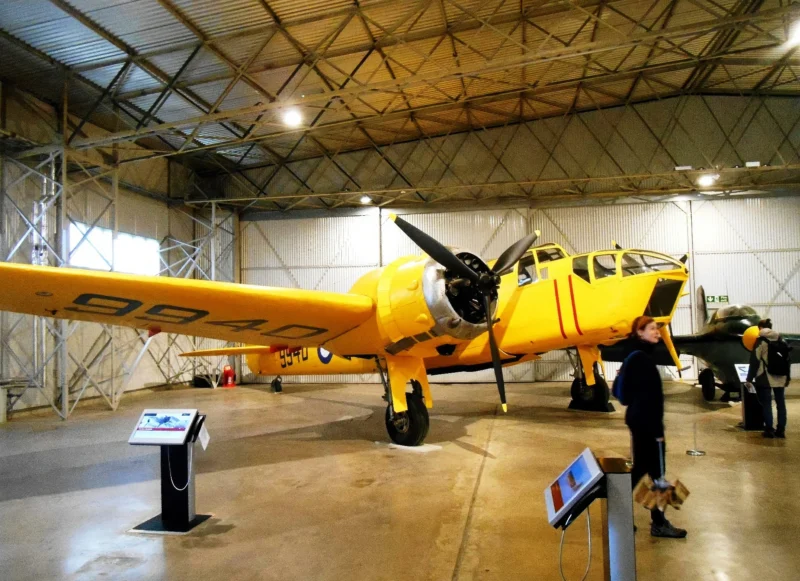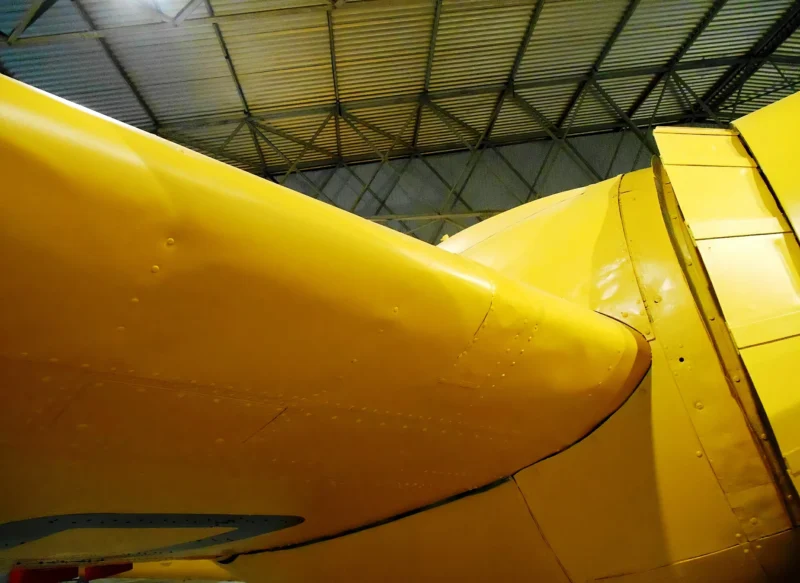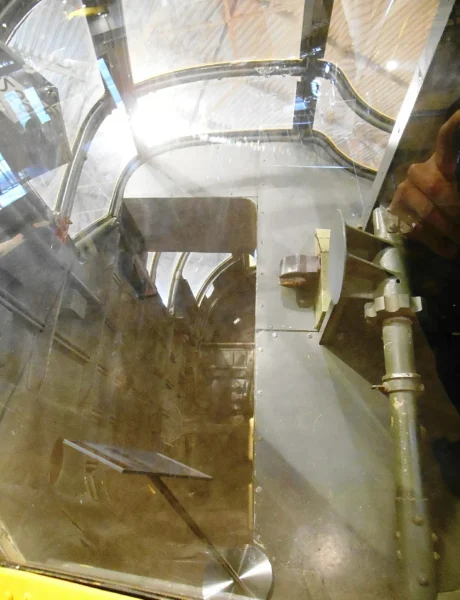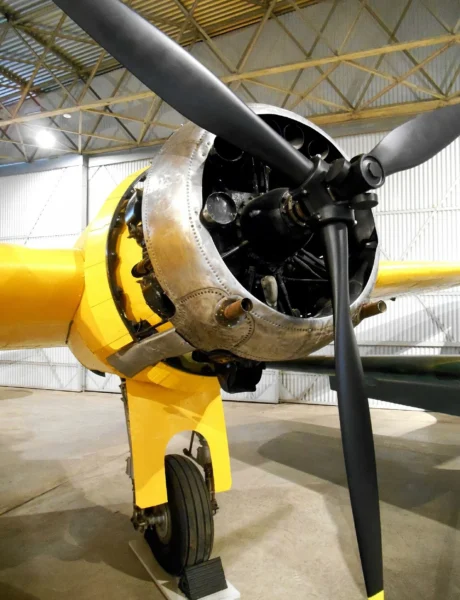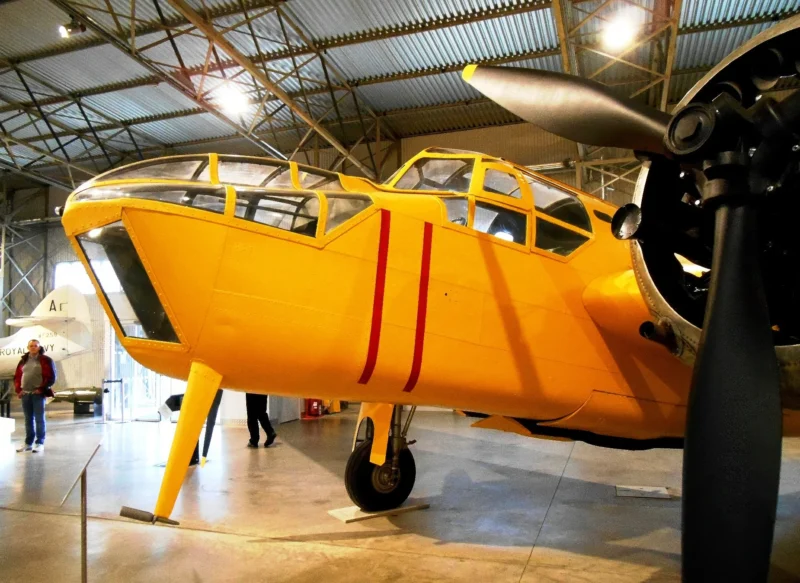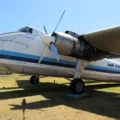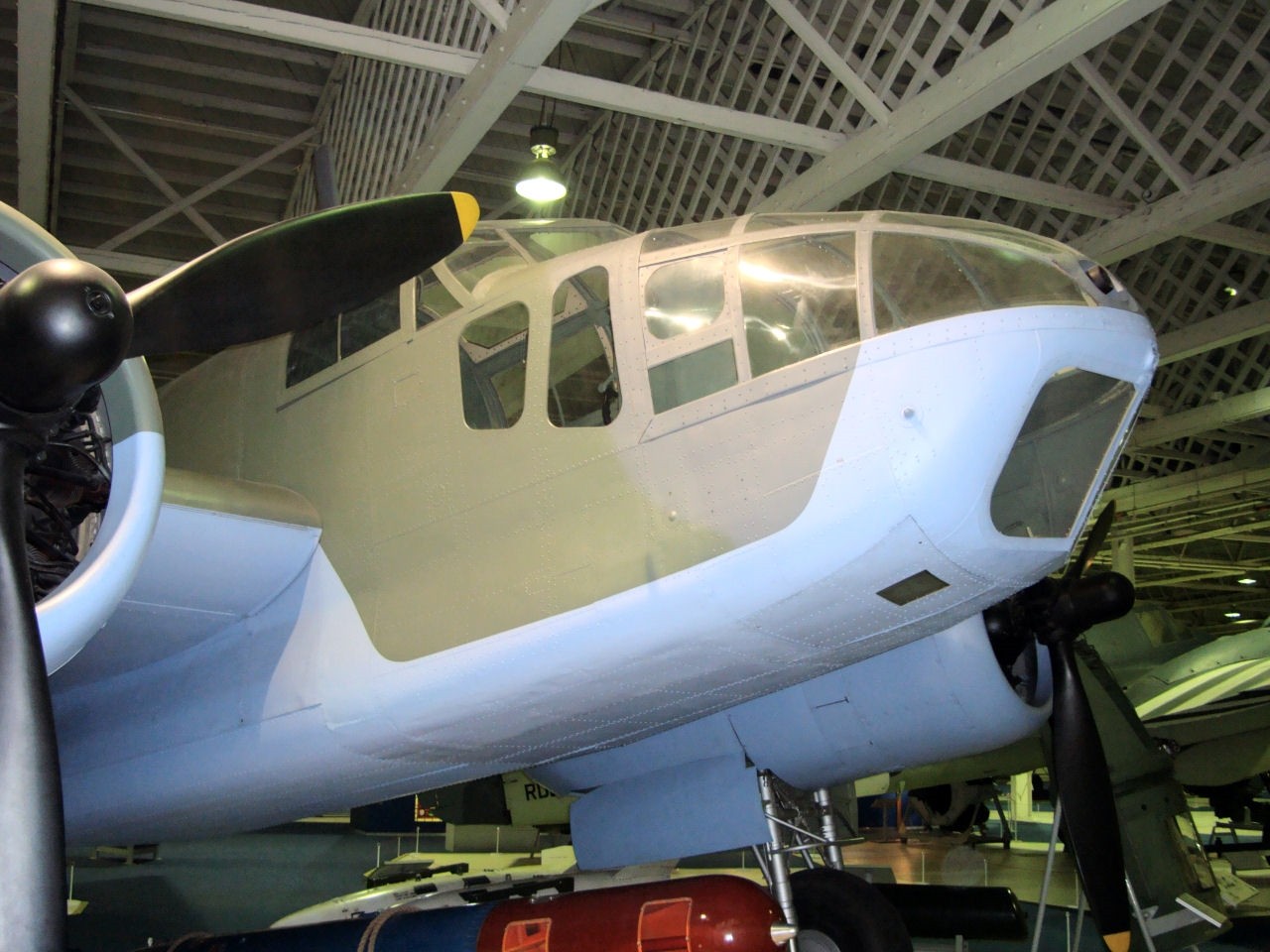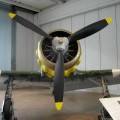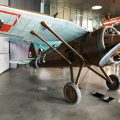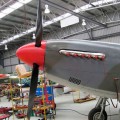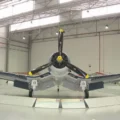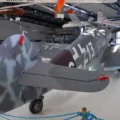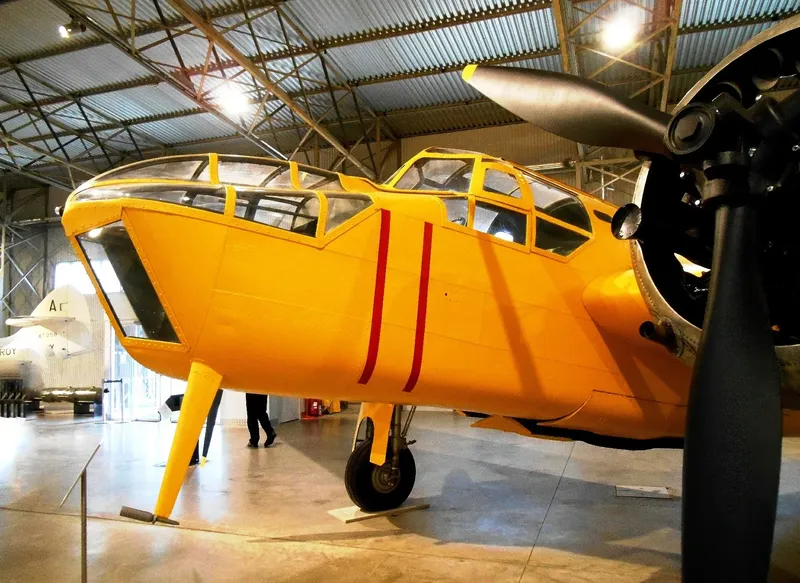
Bristol Beaufort | |
|---|---|
| País | Reino unido |
| Papel | Aeronave/formador de patrulha marítima |
| Primeiro voo | 14 de setembro de 1939 |
| Construído | 626 |
O Bristol Fairchild Bolingbroke é uma aeronave de patrulha marítima e treinador usado pela Real Força Aérea Canadense durante a Segunda Guerra Mundial. Construído pela Fairchild-Canada, foi uma versão construída sob licença do bombardeiro Bristol Blenheim Mk IV.
| Bristol Bolingbroke Mk.IVT Andar por aí | |
|---|---|
| Fotógrafo | Ondrej Skarka |
| Localização | Desconhecido |
| Fotos | 29 |
Veja também:
O Bristol Bolingbroke was a maritime patrol aircraft and trainer that served with the Royal Canadian Air Force (RCAF) during World War II. It was a modified version of the British Bristol Blenheim Mk IV bomber, built under license by Fairchild Aircraft Ltd. in Canada. The Bolingbroke was developed in response to a Canadian requirement for a long-range coastal reconnaissance and light bomber aircraft, as well as a British Air Ministry specification for an improved Blenheim. The first prototype flew in September 1939, and production began shortly after. The Bolingbroke had several advantages over the Blenheim, such as increased range, anti-icing equipment, a dinghy and North American instruments. It also had some drawbacks, such as lower engine power, reduced bomb load and poor performance on one engine. The Bolingbroke saw action on both coasts of Canada, patrolling for enemy submarines and ships. It also participated in the Aleutian campaign against Japan. Most of the Bolingbrokes were used as trainers for bombing and gunnery schools under the British Commonwealth Air Training Plan (BCATP). A total of 626 Bolingbrokes were produced between 1939 and 1943, making it one of the most numerous Canadian-built aircraft of the war. After the war, most of them were scrapped or sold for civilian use. Today, only a few examples survive in museums or under restoration.
Visualizações : 356
